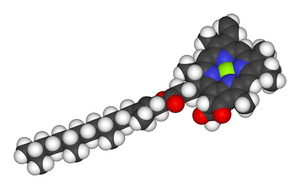Function (biology) facts for kids
In biology, the function of something is what it does for the whole living thing. Think of it as the job or role a part of the body or a cell plays. For example, your heart's function is to pump blood. Your lungs' function is to help you breathe. Every part of a living thing, from tiny cells to large organs, has a specific function that helps the organism survive and thrive.
This idea is very important in physiology, which is the study of how living things work. When we talk about function, we mean the natural role something plays. We don't use the word "purpose" because "purpose" often suggests someone planned it. In biology, functions develop over time through natural selection, which is how living things change to fit their environment better.
Contents
What is a Biological Function?
A biological function describes the special job or activity of a part of an organism. It explains why that part exists or what it contributes. For example, the function of kidneys is to clean your blood. They remove waste like urea, which is a harmful substance, from your body. This helps keep you healthy.
Examples of Functions
- Heart: Its function is to pump blood all around your body. This blood carries oxygen and nutrients to your cells. It also takes away waste.
- Stomach: Its function is to break down food. It uses strong acids and muscles to turn food into a mush. This makes it easier for your body to absorb nutrients.
- Leaves: In plants, leaves have the function of making food. They use sunlight, water, and air to create sugars through a process called photosynthesis.
- Eyes: Your eyes have the function of seeing. They detect light and send signals to your brain. This allows you to understand the world around you.
Function and Evolution
The functions we see in living things today have developed over millions of years. This happens through a process called natural selection. If a part of an organism has a function that helps it survive and reproduce, that function is more likely to be passed on to future generations. For instance, a strong heart helps an animal get enough oxygen to run from danger, increasing its chances of survival.
Images for kids
-
A young springbok jumping high, called "stotting." This behavior might have the function of telling predators that the springbok is strong and hard to catch. This helps it survive.
See also
 In Spanish: Función (biología) para niños
In Spanish: Función (biología) para niños



